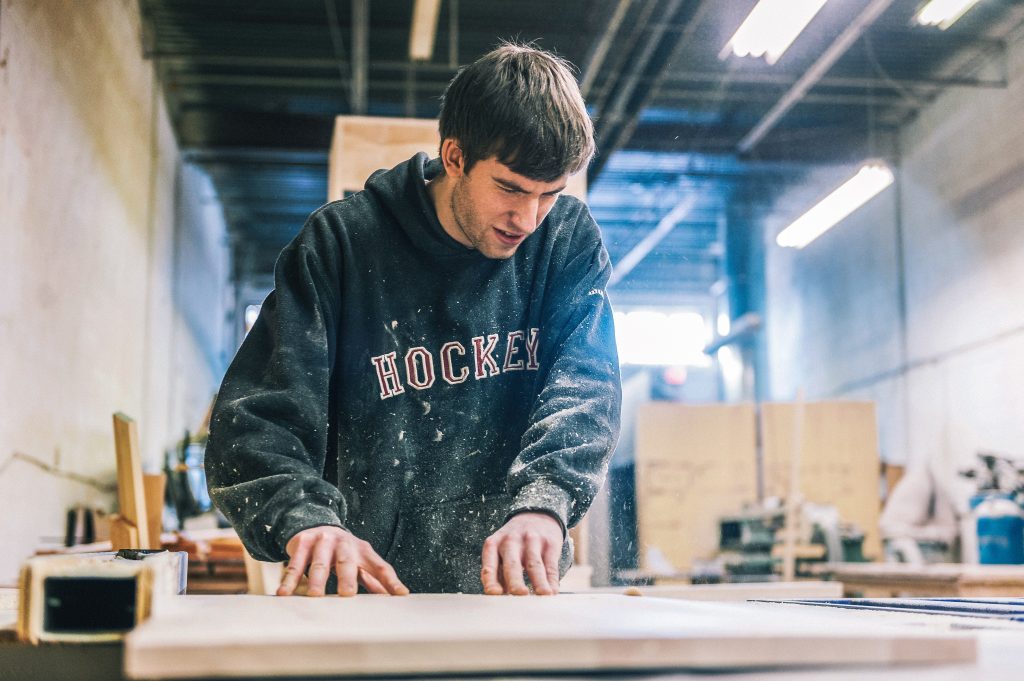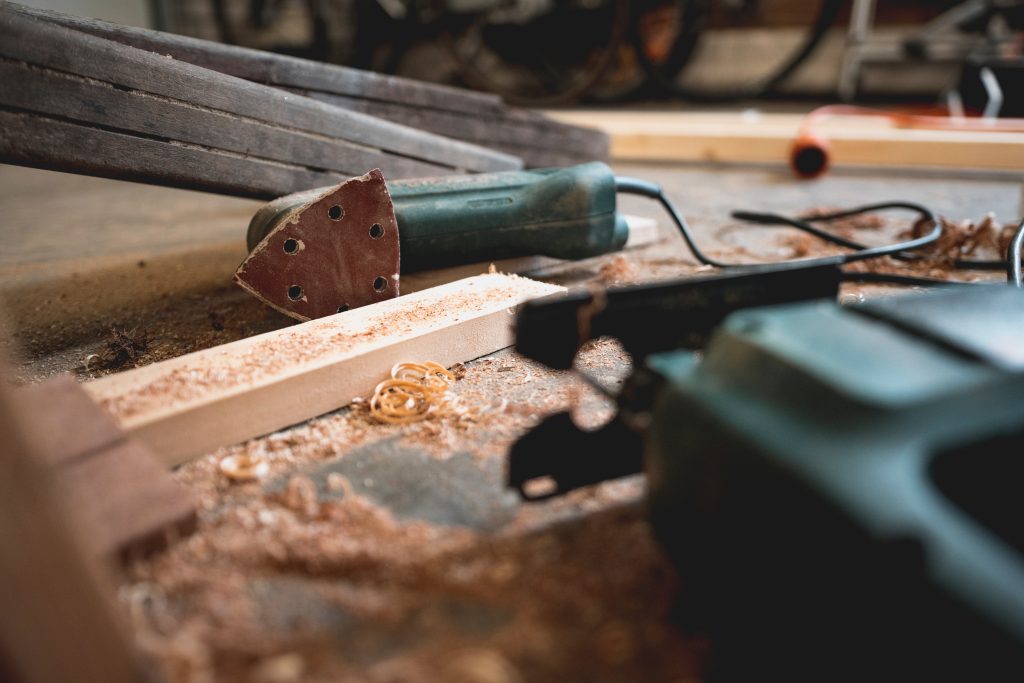Energy Efficiency
Carpenters can improve energy efficiency in buildings by using insulation, sealing air leaks, and installing energy-efficient windows and doors.
Carpenters can improve energy efficiency in buildings by using insulation, sealing air leaks, and installing energy-efficient windows and doors.

Carpenters can also obtain green building certifications, such as LEED (Leadership in Energy and Environmental Design), which recognize buildings that meet certain environmental standards. By obtaining these certifications, carpenters can demonstrate their commitment to sustainability and attract clients who are interested in environmentally friendly buildings.

Carpenters can reduce waste by using efficient cutting techniques, reusing and recycling materials, and donating excess materials to organizations that can use them.

Carpentry, the skilled trade of crafting and building structures from wood, has been an integral part of the homebuilding industry for centuries.

Over time, as the needs and demands of homebuilding have evolved, carpentry has had to adapt in order to meet these changing requirements.

One of the most significant changes in the homebuilding industry over the past few decades has been the growing emphasis on sustainable building practices. As concerns about climate change and environmental sustainability have become more widespread, homeowners have become increasingly interested in green building materials and methods. In addition to using green materials, there are also many green practices that carpenters can implement in their work:
In response to this trend, carpentry has evolved to incorporate more sustainable materials and practices. Carpenters now work with engineered lumber, such as laminated veneer lumber and oriented strand board, which are more environmentally friendly than traditional lumber. They also use low-VOC (volatile organic compound) paints and adhesives to reduce the environmental impact of their work. In this article, we will explore how carpentry has evolved to meet the changing needs of the homebuilding industry.

Another major change in the homebuilding industry has been the incorporation of new technologies. From 3D printing to smart home systems, new technologies have changed the way that homes are built and designed.